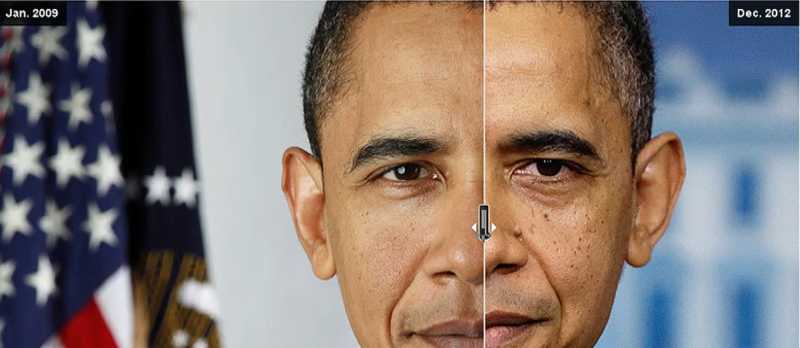The Ego
Table of Contents
Chapter 5 defined “identity” as a discrete resultant perception separate from other perceptions.
- This discreteness comes from the separation created by the Negative Force on the parts of the Supreme Entity.
Chapter 4 explained that the Negative Force not only separates identities form each other, but also creates identities of spacetime from the totality of space and time.
We call these independent spacetime identities as spacetime slices.
The parts of timespan are not mutually dependent and are never co-existent. We exist now. But it does not follow that we will exist in the next moment unless the cause of our existence, as God, keeps on sustaining us. This means that God sustains himself.
Rene Descartes
Principia Philosophia, Part 1, Article 21
This means that each identity in each moment of time is an independent and different entity from all its past and future.
This fulfills the Law of Conservation of Idea that says there is no exact duplicates in Existence.
For example, a pyramid without a capstone is different from the same pyramid that has it. However, most humans do not regard it as different. They only see it as different if a large part of the pyarmid is removed.

This was asserted by David Hume who wrote that each person or thing is different from itself in past times.
The addition or reduction of a mountain would not be enough to produce a diversity in a planet. But the change of a very few inches can destroy the identity of some bodies. This means that objects break the continuity of the mind’s actions according to their proportion to each other, and not according to the size of the objects. This interruption makes an object cease to appear the same.
David Hume
Treatise of Human Nature, Book 1, Part 4
He gives the following examples:
- A ship that has been repaired is a different ship from itself when it was new. However, human mind makes a convention to see it as the same ship.
- A mountain that has some dirt from it removed is a different mountain from the original one. However, the human mind sees it as the same mountain.
- An oak seed is a different plant from the oak tree that it grows into. However, the human mind sees it as the same oak.
- A baby that has grown into a man was a different person from that man. However, the human mind sees it as the same person.
Likewise, people see that a person has changed only if something big has changed in him. But to Hume, every change in the person means that he is a new person.

However, we do not normally regard people as being different from themselves per unit of time because it would overwhelm our minds to have to remember all the instances of a person per second.
Each Person Has 3 Billion Selves
To illustrate how difficult it would be to remember all identities, let us assume that a seed sprouts 5 millimeters daily for 3 days. Each time we see it grow, we assign a new name to it to create a natural diversity:
| Name | Height | Day |
|---|---|---|
| Allan seed | 0mm | 1 |
| Bob plant | 5mm | 2 |
| Charlie plant | 10mm | 3 |
| Dan plant | 15mm | 4 |
Doing so would be information-and-memory-overload for us. To save us from such an effort, we simply assign a single name or identity to the plant during its lifetime.
If we applied this system to humans, then a 20-year old man will not only have 20 selves and not even 7,300 selves (20 * 365), but 630,720,000 selves if his smallest perception is in seconds! If humans live for 100 years, then each human soul will experience 3,153,600,000 selves in a lifetime, and even more if we can naturally perceive milliseconds and remember what happened in each millisecond.

This dynamic idea of the self is very important because it is the basis of morals.
- When applied to mental health, this explains the root cause of personality disorders such as split personality.
- When applied to society, it explains social cycles or why revolutions, civil war, recessions, financial crises happen. We can say that a civil war is the fight between the two personalities of a single society.
Identity, Self, Ego, Soul
An identity is a discrete resultant perception separate from other perceptions.
A self is an identity that perceives itself.
Ego is the feeling of the self.
Soul is a mind that is regarded without its crude parts
And so identity, self, and ego are relate to the Negative Force, whereas soul relates to the Positive.
This is why ego in the operating universe is called the Negative Ego because its continued existence implies the constant dominance of the Negative.
A self that that triumphs over the Negative will lose his ego and feel one with others.
The unification of selves happens in the upper limites of Existence, which is realized through samadhi.
A self that that absorbs or loses to the Negative will become egotistic.
Men, who are great lovers of themselves, waste the public. They divide people with reason, between self-love and society.. The ego is a poor centre of a man’s actions.
Francis Bacon
Essay on Wisdom

The Negative Ego as the Cause of All Problems
Each soul has many selves which can be in conflict or harmony with each other.
- A soul with many conflicting selves will have many mental problems
- A soul with many harmonious selves will be in peace
This is why the Negative Ego is the cause of all problems, yet is also the cause of physical experience.
To make physicality less unpleasant, the selves of the soul should be in Unity and Harmony.
There are 2 main ways to keep the selves in check and keep harmony:
- Group Feeling checks the personal ego
However, this also creates a group ego that might clash with other group egos.
- The Supreme Ego
The Supreme Entity as the best check against the egos. This is why a social moral system that has no idea of the Supreme Entity will eventually fail or have problems.